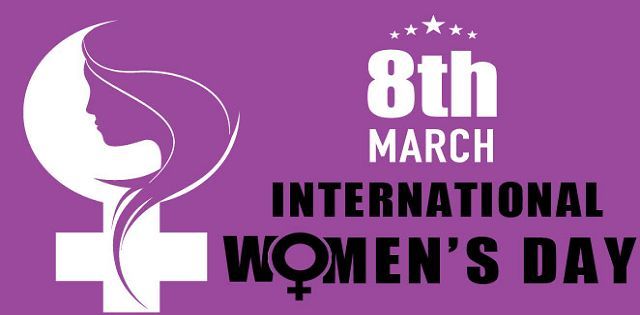March 8, 1908
On March 8, 1908, a momentous event marked the history of labor and union struggle throughout the world: 129 women died in a fire at the Cotton factory in New York, United States, after they went on strike with stay in your workplace. The reason was due to the search for a reduction of the working day to 10 hours, a salary equal to that received by men who did the same activities and the poor working conditions they suffered. The factory owner ordered the doors of the building to be closed so that the women would desist and leave the place. However, the result was the death of the workers who were inside the factory. That same year, on May 3, an event was held for Women’s Day in Chicago, a preamble to the commemoration of “National Women’s Day” on February 28, 1909, in New York.
Against this background, a year later, in 1910, the second International Conference of Socialist Women was held in the Danish capital, Copenhagen. The central theme was universal suffrage for all women, and by motion Clara Zetkin, leader of the “uprising of 20,000”, was officially proclaimed on March 8 as the International Day of Working Women , in tribute to women fallen in the strike of 1908.
Closer in time, in 1977, the General Assembly of the United Nations (UN) officially designated March 8 as International Women’s Day. Then, in 2011, the centenary of the celebration was celebrated, with the premise of Gender Equality and the Empowerment of Women (UN women).
A timeline that knows about struggle
• 1909: In accordance with a declaration of the Socialist Party of the United States, on February 28 the first National Women’s Day was commemorated in the United States.
• 1910: the Socialist International, meeting in Copenhagen, proclaimed International Women’s Day as a tribute to the movement in favor of women’s rights and to help achieve universal suffrage for women. The proposition was consistently endorsed by the gathering of in excess of 100 ladies from 17 nations, including the initial three ladies chose for the Finnish parliament. No fixed date was set for the commemoration.
• 1911: As a consequence of the decision taken in Copenhagen the previous year, International Women’s Day was commemorated for the first time (on March 19) in Germany, Austria, Denmark and Switzerland, with rallies attended by more than 1 million of women and men. In addition to the right to vote and hold public office, they demanded the right to work, professional training and non-discrimination in employment.
• 1913-1914: within the framework of the peace movements that emerged on the eve of the First World War, Russian women celebrated their first International Women’s Day on the last Sunday in February 1913. In the rest of Europe, The women held meetings around March 8 of the following year to protest the war or to show solidarity with other women.
• 1917: in reaction to the 2 million Russian soldiers killed in the war, Russian women again chose the last Sunday in February to go on strike demanding “bread and peace.” Political leaders criticized the timing of the strike, but the women did it anyway. The rest is history: after four days the Tsar had to resign and the temporary government conceded ladies the option to cast a ballot. That historic Sunday was February 23, according to the Julian calendar then used in Russia, or March 8, according to the Gregorian calendar used in other countries?
• 1975: coinciding with International Women’s Year, the United Nations celebrated International Women’s Day, for the first time, on March 8.
• 1995: The Beijing Declaration and Platform, a historic roadmap signed by 189 governments 20 years ago, set the agenda for the realization of women’s rights.
• 2014: the 58th Session of the Commission on the Status of Women (CSW58), the annual meeting of States to address issues related to gender equality, focused on the “Challenges and achievements in the implementation of the Goals of Millennium Development for Women and Girl


